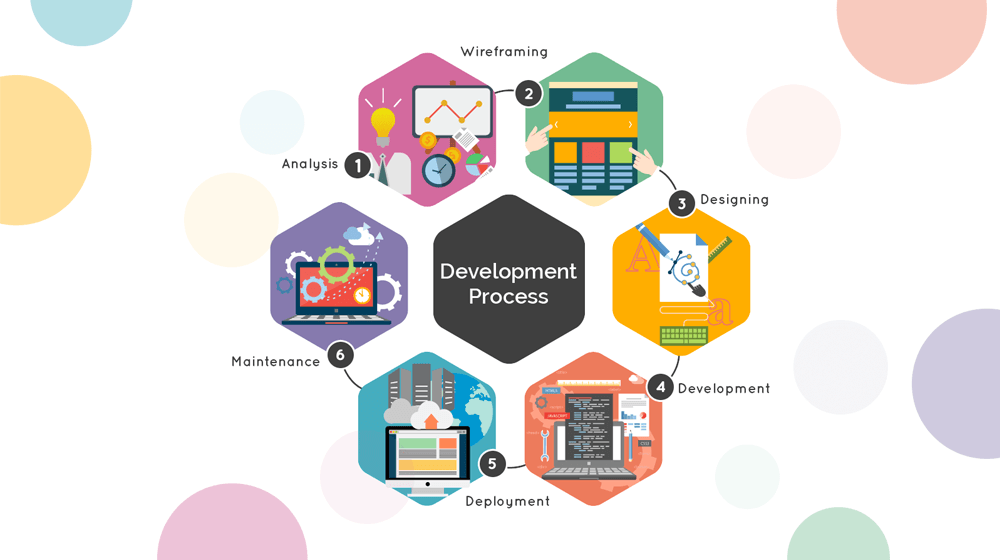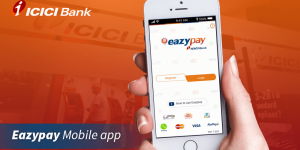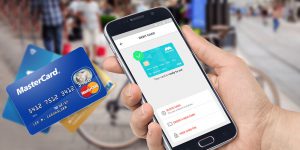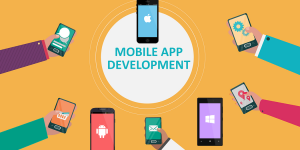
Mobile applications and their usage are increasing day by day. It looks like even the sky is not the limit for them. Let’s tour around the process of how a mobile app is envisioned, designed, defined and launched for the users worldwide. There is a unique process for it, which is generally referred to as mobile app development lifecycle which covers a complete top to bottom approach.
Introduction
Before diving into the first step of custom application development process there is sometimes a groundwork stage that includes determining your project’s objectives and requirements. Try to answer these questions: What problems are you trying to solve? What result are you expecting? These data will help you to allocate your resources and establish a roadmap for the entire mobile app development lifecycle process. When you do it you can move on to the step of in-depth market research.
Keep a close eye on what is trending now and what may be expected in near future.
In-depth Market Research
Market research, popularly known as requirement gathering or scope analysis, is the core stepping stone in the lifecycle for the development of mobile applications, aiming to identify, the unique features and innovative functionalities that are required to make the app standout amongst competitors along with the most common usability based features that are must and expected by a large target audience.
The process of market research for your (or any) concept may look like a basic step but it is something that should never be overlooked. It’s a potential step towards gaining and sustaining the leadership in the market for your mobile app and hence make it not only popular but at the same time successful too. The purpose to find your correct target audience and provide them the required solution for their exact pain points and align the priorities of roadmap ahead is duly served by this process.
So let’s take a look at the key points to be considered in mind while doing the market research and creating a positive impact on your concept and its validation.
- Core purpose of the app
- Basic expectations from the app
- Target audience and Key competitors
- Technology stack and platform architecture
- Completion period and timely launching
- Budget and related expenses for launching and marketing
- Boost conversion and sustain users
Wireframes & Prototyping
Pen down your initial thoughts, iterate through your ideas and layout the blueprint.
The process of wire framing establishes the base for the designing of the app and sketching its layout. With iterations of ideas and revisions of design concepts, this phase ensures that a flawless user experience is defined with a striking user interface.
The purpose of prototyping is to go one step ahead of wire-framing and visualizing the interface design and experiencing the interactions of the app on real mobile devices. Let it be gathering the feedback, evaluate ideas, proof check the concept or realize the user interaction and behavior, prototype serves at every step.
Thus the process of wireframes and prototyping helps in building as well as strengthening the core idea and thereby establishing the perfect bridge between idea and execution to optimize the further process ahead.
Design and Development of the App
It’s time now to actually build and give your vision, the shape of reality. It’s bringing ideas to life.
This is the most important and highly prominent step of mobile app development lifecycle. It is the actual phase where all the ideas, sketches, blueprints and concepts comes up together and bind into a process of building the actual app.
The process includes designing the screens of the app based upon the sketches and wireframes, designing the layouts and front end for the app, defining the technology stack and platform, building up the client server model, designing the database and architecture and then finally programming the app with a combined effort of all the parts of the process.
The process of designing and development is divided and broken into sprints, also known as modules to work on step by step approach and manage the process smoothly.
Quality Assurance and Testing
Software never was perfect and won’t get perfect ever. But is that a license to create garbage? Quality always matters.
This is the process where final polishing and quality cleaning of the application in terms of design, user interface, user experience, user interaction as well as usability is performed and the results are compared to the expected outcome as per the quality standards. The app is tested across various devices, platforms and operating systems.
The app is tested under various possible environments and on different loads. The benchmark of performances are marked, improved and raised in this process. This phase completely assures that the product or the app is designed and built exactly the way it was envisioned and expected.
Launching the App
It’s time to go and test the market. It’s time to give a tough fight to your competitors
So after all the hustle and efforts, finally your dream, your vision, your idea is given the shape of reality by converting it into a mobile application which is well designed, flawlessly defined and quality assured. It’s now the time when you can upload the app on Apple and Google stores and make them available for the users worldwide to download and install the app and use them for the purpose it was built.







A great piece that sheds much-needed light on Mobile App Development Company and its impact on business as there are many new things you posted here. Sometimes it is not so easy for an “On Demand Mobile App Development” without custom knowledge; here you need proper development skills and experience.
However, the details you mention here would be very much helpful for the beginner. Keep posting.